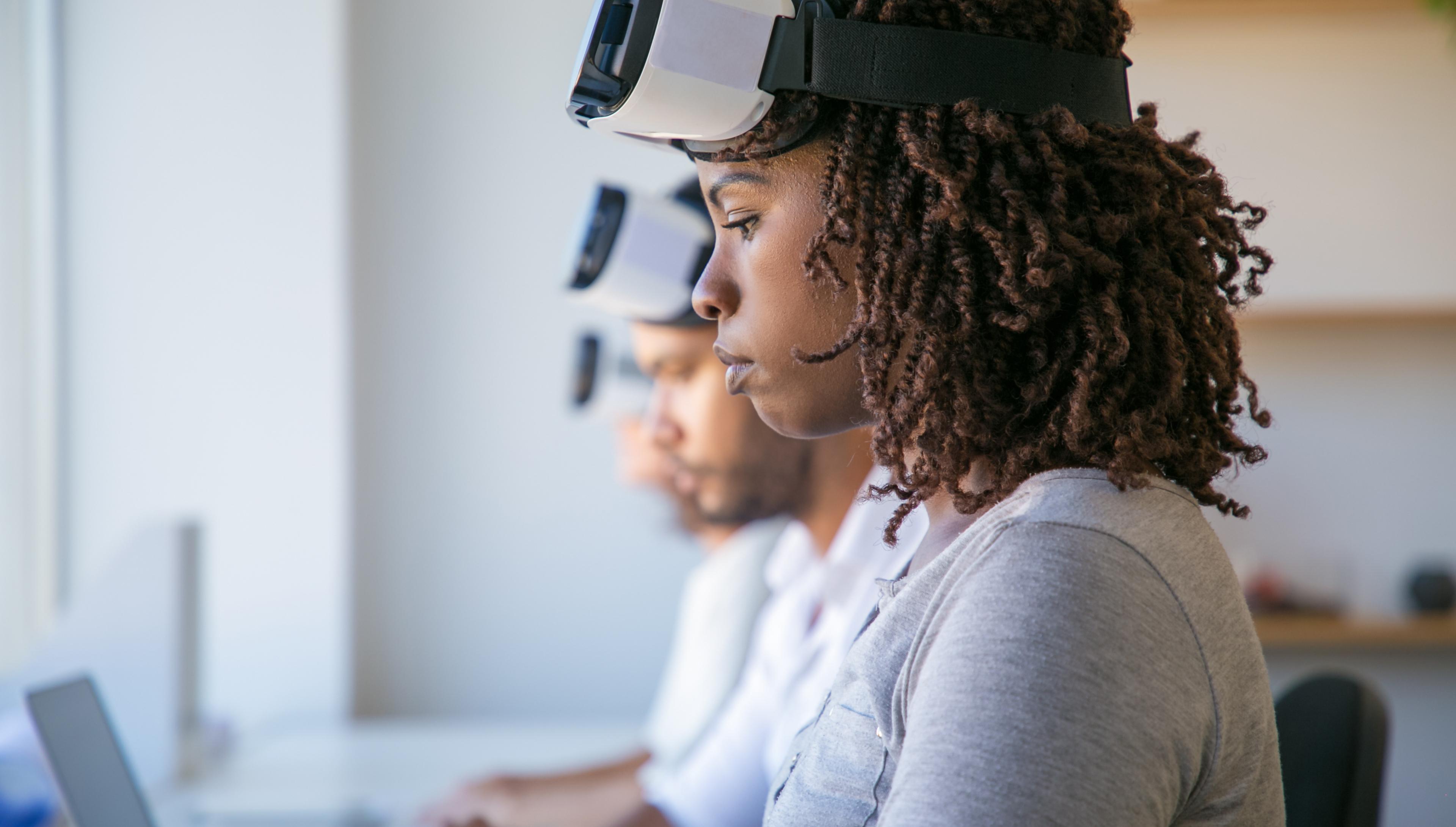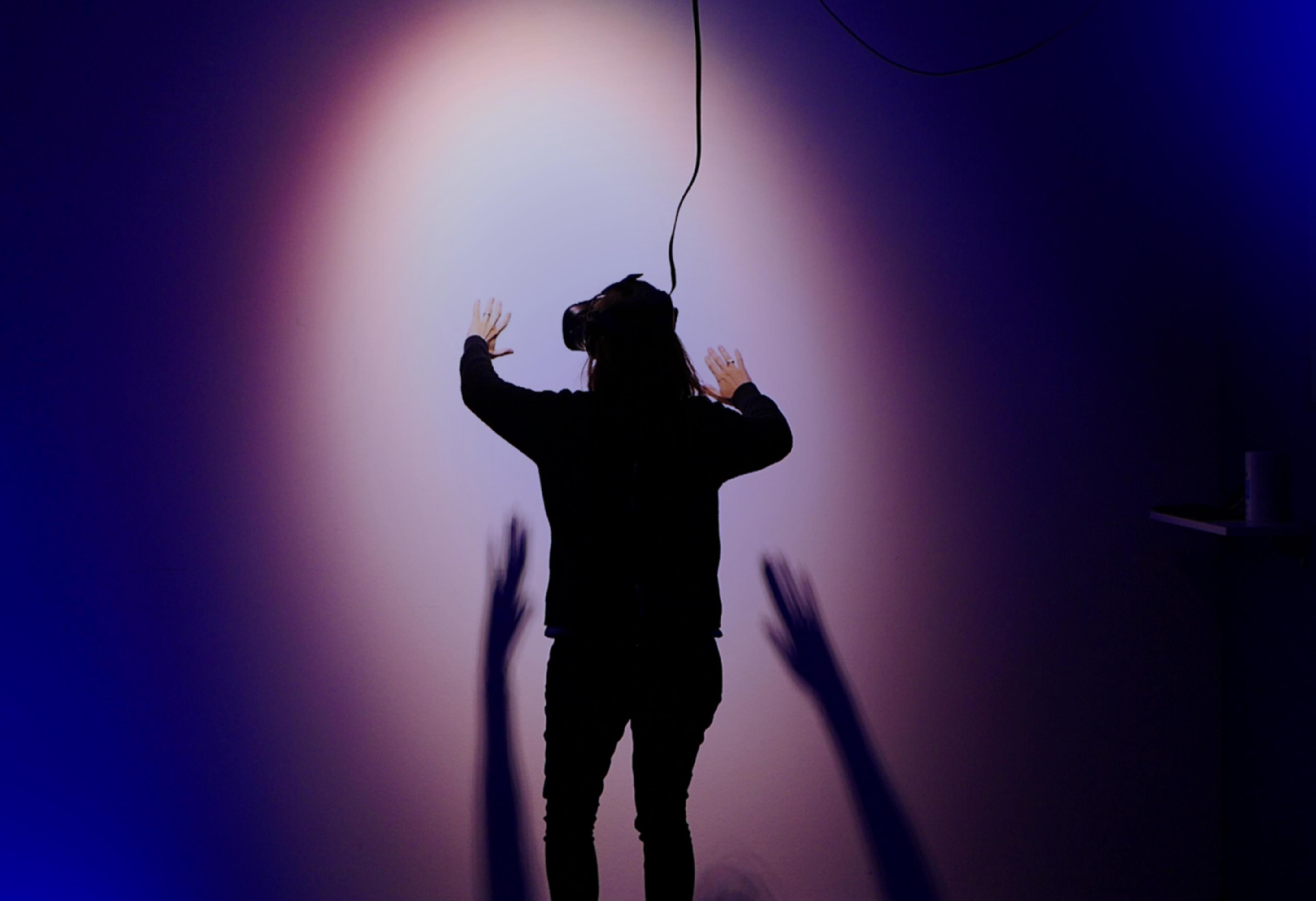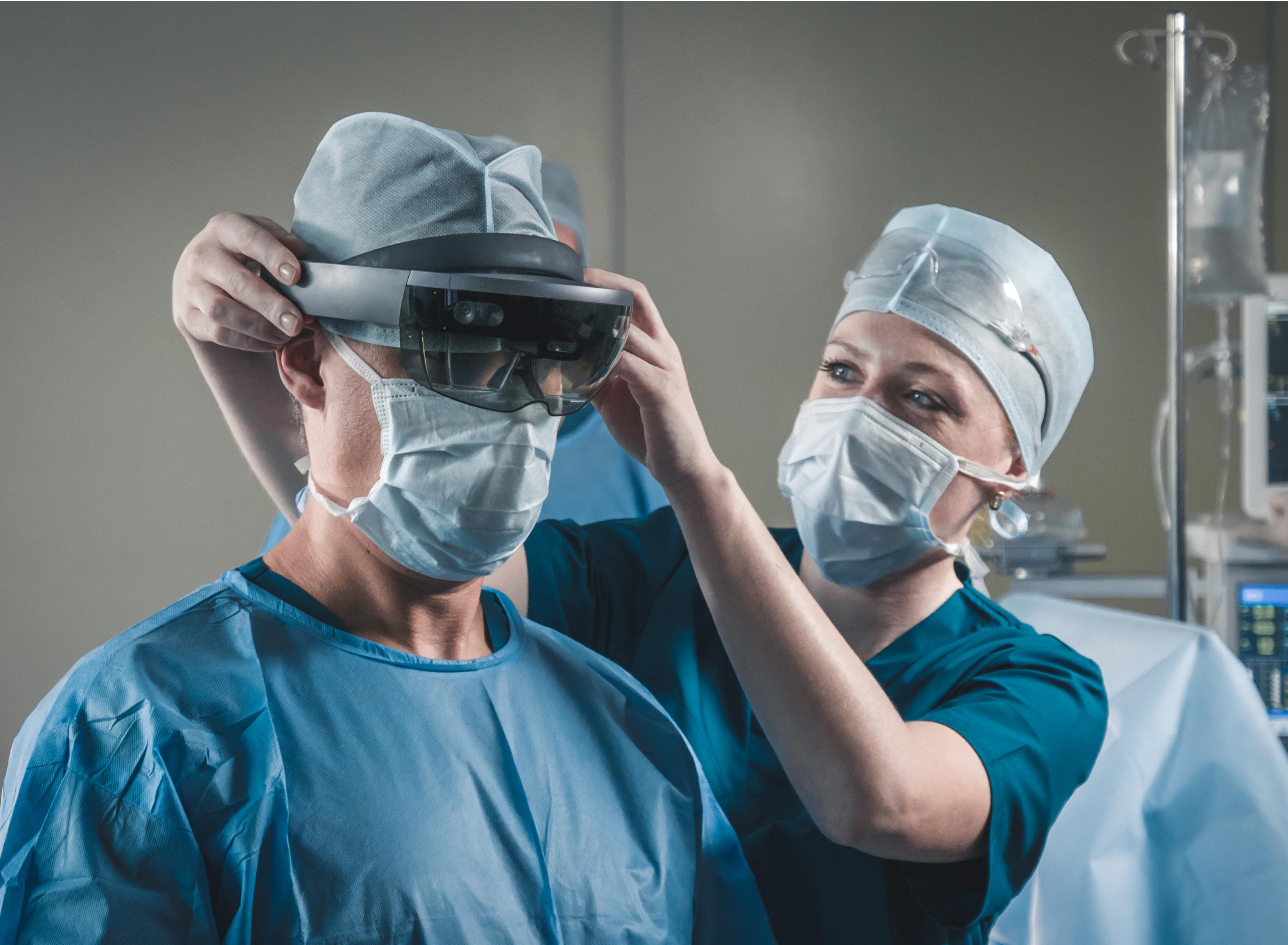
Practical use cases for AR/VR applications

Hardware development is fast-paced, investment-hungry, and relentlessly cruel when it comes to failures. Those that don’t hit the market with a killer app are often relegated to history’s dustbin, and the Purgatory of Tech is haunted by examples galore of once-hyped-and-promising innovations that just weren’t made for heaven. Remember 3D TVs? Google Glass? Betamax? (Yeah, we barely do, either.)
Augmented reality (AR) and virtual reality (VR), however, seem to have avoided that fate, thanks to blockbuster apps in an industry notorious for trailblazing new uses for emerging tech: games.
For AR, the moment came in the summer of 2016 with the worldwide mad drive of over a billion Pokémon GO players hellbent on catching ‘em all. In VR, the honor belongs to Valve’s Half-Life: Alyx, which by itself was responsible for the selling out of the proprietary Valve Index premium headset in 2019. Since then, Alyx has achieved benchmark status: If you’ve built a VR app of any kind (including in industries outside of games) and you nail the essence of its experience as Alyx has, get ready to be showered with awards.
With consumers now getting it just how enthralling AR and VR can be (to the point where it’s worth buying expensive dedicated hardware), the innovation window has blown wide open: Extended reality (XR), the umbrella term for VR, AR, and mixed reality (MR) applications, commanded US $28B in market size in 2021 and boasts a 2028 forecast of over $250B cap. Projected top revenue segments by 2025 include gaming ($11.6B), healthcare ($5.1B), engineering ($4.7B), live events ($4.1B), video content ($3.2B), real estate ($2.6B), and retail ($1.6B).
Given the vast and ever-growing pace of use cases, it looks like we’ve finally reached the threshold — after years of false starts — where creativity, not technology, is the limiting factor in how AR and VR can be applied to improve lives and businesses.
How are AR and VR useful?
AR and VR share a single goal: to enhance the user experience like nothing else. From medical reports to museum visits and logistics training, the best AR and VR applications improve the data displayed by adding extra layers of context-sensitive information. The end result improves the world the user sees and allows for better-informed decisions, be it in leisure or workplace activities.
Great UI/UX is at the core of every memorable mixed reality app. It has to: AR, by definition, is meant to fill the gaps between our real-world structures with extra information, while VR demands users to surrender their peripheral vision and focus entirely on what’s in front of them. For that to work, what the user sees must be expertly crafted, or else it won’t be of note.
Moreover, there’s a significant gap between how regular consumers and enterprises perceive use cases for AR/VR. B2C development tends to focus on entertainment, with games, sports events, and cultural activities. B2B companies, on the other hand, are steadily realizing the tech’s potential across verticals in R&D, human resources, and instructional training.
The business appeal of AR and VR
For starters, entertainment’s huge share of the market shouldn’t raise any eyebrows: Fun is the first thing that comes to mind with AR and VR, courtesy of legacy tech companies using cinema and games as their testing grounds for over three decades.
What instead serves as a testament to the industry’s maturity are the inroads made into healthcare and engineering, two verticals notorious for their governing laws and regulations — as well as their aversion to failure. A bad work of entertainment disappoints fans; a botched healthcare service or engineering task ruins families and bankrupts companies. The higher the stakes, the costlier the mistakes, so AR/VR-based training and simulation bring the kind of low-risk value proposition impossible for enterprises to ignore.
In fact, beyond cost-effectiveness, corporate VR learning and soft-skills training also outpace classroom and e-learning modals in speed, content absorption, and focus metrics. Executive leaders have taken note: When asked about what their businesses plan to do with it in PwC’s 2022’s US Metaverse Survey, the top answer (42 percent) was “provide onboarding and training.” One-third of interviewees also indicated their willingness to explore new ways to recruit talent with VR. When coupled with the tech’s ever-increasing adoption rates, all signs point to AR and VR being on track to become a key part of the HR arsenal of any modern company, regardless of their industry segment.
Want to know more about how to fit AR and VR into your strategy?
Our XR experts go beyond coding to develop complete, tailor-made solutions for your business.
AR/VR’s primary innovations, per segment
Let’s take a quick look at what’s going on in just a handful of sectors:
Healthcare
Entertainment may account for the largest share of XR revenue, but when it comes to usefulness and diversity of use cases, healthcare rules. Training, as aforementioned, is perhaps the most well-known benefit XR provides in healthcare, with surgeons simulating medical procedures and emergency scenarios (including for first responders) in relatively stress-free environments. Through VR educational tools, medical professionals reduce learning costs and risks and still retain the hands-on approach crucial to the profession, while AR can allow them to have both a patient and relevant data within the same field of vision.
Doctors aren’t the only end users of AR/VR healthcare tech. Patients, too, benefit from using the tech in different therapy contexts, ranging from physical, mental, and emotional. VR, for instance, has been proven to help vision therapy patients suffering from strabismus (crossed eyes). Anxiety treatment and even phobia training are also some of the conditions AR and VR can assist patients with, either in healthcare facilities or in their own homes.
Engineering
It’s no wonder that engineering, a tradecraft that makes heavy use of visual models, predictions, and prototypes, would gravitate towards XR to work beyond the limits of legacy CAD software — not just in construction, where onsite assembly and site safety use cases is growing at an eye-popping CAGR of 177.4 percent, but aviation, car-making, and product design, too.
Civil engineering and architecture have become heavy adopters of AR and VR at every step, from the design table to the consumer. For greater guidance during conceptualization, 3D preview models of a project can be studied and scrutinized with a high level of detail. Interior design planners can quite literally walk through places before they get built. Even large-scale landscape design can be emulated in XR, giving credence to just how massive the tech is turning out to be in terms of cost and time savings.
Retail
AR in retail is nothing new. Depending on the vertical, it enhances customer retention and increases the likelihood of further AR-enabled purchases by up to 74 percent. Major industry players are well-aware: IKEA’s Kreativ app, for instance, enables users to “delete” their furniture from their houses and replace them, via AR, with IKEA offerings. Retailers like Amazon, Target, and Walmart have also rushed to include AR in their apps, in a tacit acknowledgment of the public’s rising appreciation for virtual holograms.
The tech’s benefits aren’t limited to the storefront. Behind the scenes, in the warehouses, AR has been key to innovative logistics: Delivery companies such as DHL have introduced smart glasses and digital twin warehouses to help workers optimize their tasks (in particular with real-life interfaces like barcodes), and as a result, productivity has gone up by around 15 percent.
Education
Edtech has historically flourished by encouraging experimentation, which XR promotes in spades. Beyond all the enterprise training and onboarding we’ve already covered, AR/VR in education show up in formal and informal learning environments, inside classrooms and outdoors, to pupils and tutors alike.
Teachers, for instance, can practice difficult classroom situations before they happen with TeachLive, a mixed-reality simulator for training educators. Students, on the other hand, can grasp traditional subjects uniquely — say, visualize in AR/VR the 3D solids of geometry — as well as complementary activities such as a BBC-created VR history lesson on the 1943 Berlin Blitz. Museum visits also turn for the better with extinct animals brought back to life in Paris, historic spacewalks in Florida, or having London streets turned into art hallways through AR.
Educational XR games have also been picking up steam fast, with students and enthusiasts accessing the human body, the ocean depths, and the solar system. Remember how computers slowly made their way from labs, to universities, and finally to schools? Same thing with VR hardware right now — while AR is already enabled to anyone with a smartphone.
Beyond infinity
Extended reality is a weightless, cutting-edge technology that transforms cramped spaces into a world of possibilities. That’s the absolutely perfect job description for certain entities with peculiar ambitions. Like NASA.
Why would the organization that has put men on the moon be interested in XR? Well, apart from creating amazing XR storytelling experiences, they know it will be needed to put men on Mars. AR and VR have been extensively tested for their possibilities in space for years now, merited by the irreplaceable value they bring. As the duo make headway for an entire new category of specialized tools, it’s not a stretch to anticipate that AR and VR might become as fundamental for our journey to the red planet as the integrated circuit was for the Apollo program.
AR and VR have spent the past decade shedding their sci-fi-esque aura of a futuristic, movie-like impossible technology and have firmly rooted themselves into our modern 21st-century reality. Yet, it’s increasingly clear that XR’s future won’t be limited to virtual worlds, or even the single physical one we currently inhabit.
Here on Earth, while not every company may require a specialized XR app to stand out, it doesn’t mean they can’t benefit. Whether through training, social initiatives, or in the workplace directly, the future of extended reality is a line going up.





